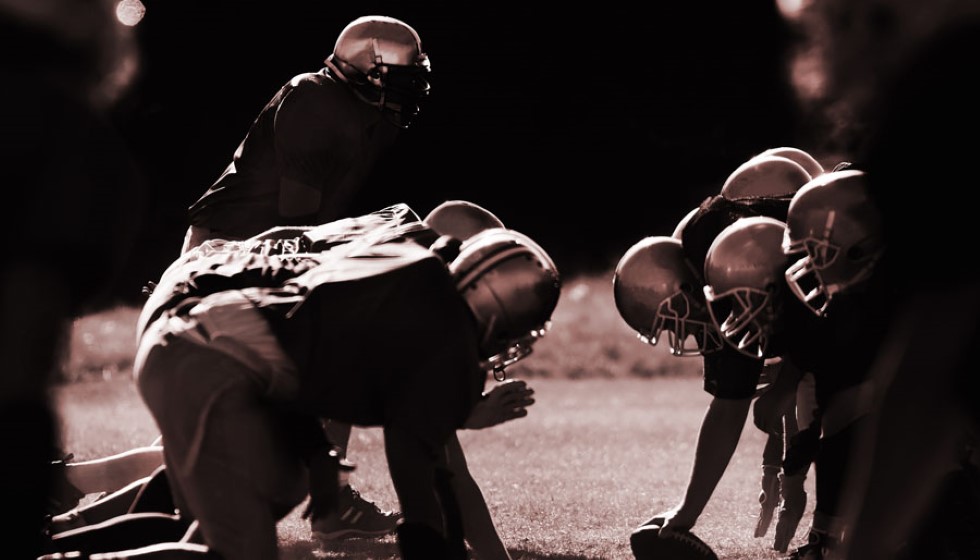
Professional Athletes Under Siege: A New Crime Wave Targets the Stars
In recent weeks, a troubling trend has emerged that has sent shockwaves throughout the sports world: high-profile burglaries targeting the personal security of professional athletes. Renowned figures such as Patrick Mahomes, Travis Kelce, and Luka Doncic have found themselves at the center of unwanted attention, as their homes and personal belongings have become targets for criminals. The string of break-ins has prompted swift responses from the NFL and NBA, with both leagues issuing security alerts in an effort to safeguard their players.
The most publicized incident involved Dak Prescott's fiancée, Sarah Jane Ramos, who was the victim of a break-in that resulted in the theft of nearly $40,000 worth of valuables. The burglary took place at a Pilates studio in Dallas, highlighting the opportunistic nature of these crimes. In response to the violation, Prescott spoke candidly about the inherent risks associated with his fame, saying, "The target that I am, whether it be for a natural robbery, whether it be for losing the game or whatever, I understand the position that I'm in. So for me, it's more about today and now protecting my fiancée and my daughter."
Prescott’s concerns are not unfounded, as these incidents are part of a larger trend. The NBA, following the break-in at Luka Doncic’s Dallas home, issued a security memo in November advising heightened alertness among its players. Similarly, the NFL responded to the invasions of Mahomes' and Kelce’s residences with a league-wide security alert. The sense of vulnerability extends beyond the individual players to their families, creating an environment of heightened anxiety among those connected to professional athletes.
This series of criminal activities underscores a broader concern: the increasing rate of targeted crimes against athletes. Joe Burrow, the Cincinnati Bengals’ quarterback, also found his home targeted during a game against the Cowboys, exemplifying the persistent threat these individuals face even while engaging in their primary occupation.
Against this backdrop of vulnerability, athletes are taking proactive steps to enhance their personal security measures. "You weigh the good with the bad. You understand that, as I said, who we are and what we're subject to," Prescott reflected, acknowledging the unique position that he and his peers occupy. Yet, the reassurance of enhanced security can only do so much to ease the psychological burden of being targeted. "It's not fun. I could say that for sure," Prescott admitted. "Obviously fortunate to be able to put people and things in place to protect myself, so that’s my No. 1 priority."
The invasions have raised questions about how professional athletes manage their public personas and personal safety. As high-visibility figures with considerable resources, they present an enticing target for those seeking financial gain. However, the psychological and emotional toll of these incidents is immeasurable and poses a significant challenge.
"Who knows how many times that happens a day?" pondered Prescott, raising awareness about the potential frequency of such occurrences. This remark encapsulates a growing realization within the sports community regarding the challenges that accompany fame and fortune. As these incidents gain media attention, they also serve as a cautionary tale for other athletes who might underestimate the risks to their safety and the security of their loved ones.
Ultimately, the current situation demands a concerted effort from sports leagues, law enforcement, and the athletes themselves to devise strategies that effectively address these security concerns. As athletes continue to adapt, they remain vigilant in protecting their most valued assets—their families—while navigating the complexities of public life.